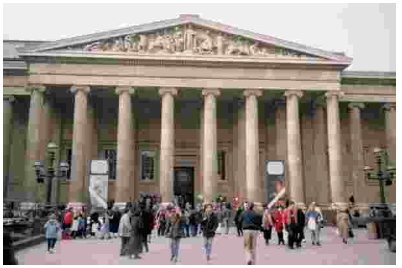The most encyclopedic of the European museums is the British Museum in London. Founded in 1753, it contains worldfamous antiquities, prints, drawings, coins, and medals that chronicle Western civilization. Among the museum’s many treasures are the Rosetta Stone, which enabled the deciphering of Egyptian hieroglyphics, and the Elgin Marbles, a set of sculptures that once decorated the Parthenon in Athens, Greece — both treasures are at the center of cultural-property disputes: Egypt has requested the return of the Rosetta Stone, and Greece is seeking the repatriation of the marbles. The museum’s central courtyard, the Great Court, houses an education center, galleries, temporary exhibition space, and facilities for visitors.
The principal French museum for exhibiting worldwide cultures is the Musée de l’Homme (Museum of Man) in the Palais de Chaillot, Paris. Founded in 1939, its imaginative exhibits encompass all phases of anthropology, ethnology, and prehistory.
The Hungarian National Museum in Budapest, Hungary, traces the geographic and ethnographic history of Hungary through a collection of artifacts dating from early Paleolithic times through the 10th century AD.
The Rijksmuseum van Oudheden (National Museum of Antiquities) in Leiden, The Netherlands, has a comprehensive collection with material from ancient Egypt, the Near East, the classical world, and the early Netherlands.
The State Historical-Cultural Museum in Moscow, Russia, documents Russian social, economic, and political history and has one of the world’s richest collections of textiles and costumes.
Internet: <encarta.msn.com> (with adaptations).



